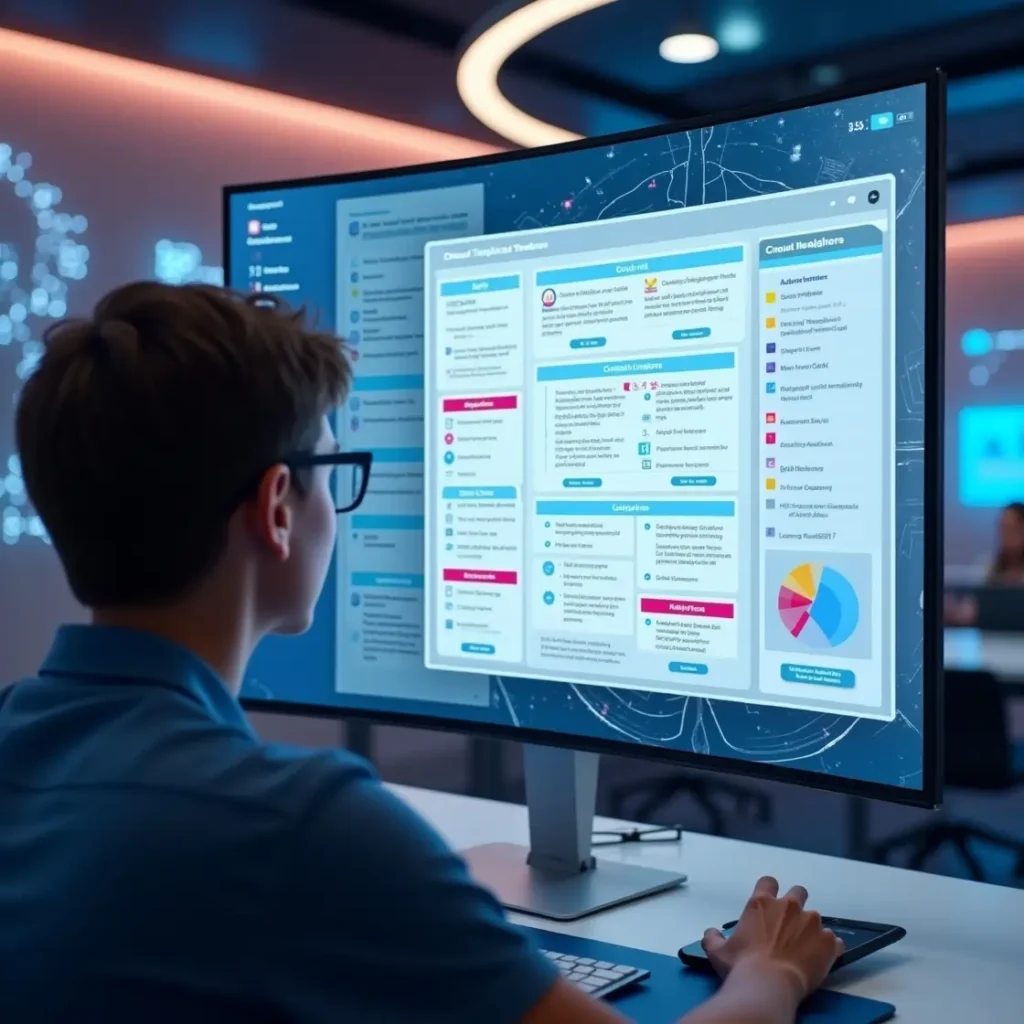8 Superb Ways to Organize Your Assignment Page for Success
January 29, 2025


In the digital transformation of education, creating an exceptional assignment page is more than just a task—it’s an art form that bridges traditional learning with innovative online teaching strategies. At Kamran Online Teaching, we’ve empowered over 4,000 educators across Pakistan to master the digital classroom, making us the pioneering force in converting offline teachers into digital learning experts.
A standout begins with visual intelligence. Modern learners crave clean, intuitive designs that speak the language of digital natives. Implement:
Transform your assignment page into a strategic learning blueprint. Each element should:

Transform your assignment page into an engaging experience. Integrate:
In online teaching, your assignment page must anticipate and address potential student questions. Provide:
A well-crafted rubric on your assignment page eliminates ambiguity. It helps students understand:
Enhance your assignment page by providing:
Modern sites should facilitate:

Ensure your response and accessible across devices. With increasing mobile learning trends, your design must adapt seamlessly to different screen sizes.
At Kamran Online Teaching, we’ve trained over 4,000 educators to excel in digital classrooms. Our unique approach transforms offline teachers into confident online educators, making us the only course of its kind in Pakistan
Modern assignments should facilitate instant feedback channels, discussion forums, quick communication tools, and peer review options to foster engagement and collaboration among students.
In the rapidly evolving landscape of online teaching, technological integration is no longer optional—it’s essential. You should leverage cutting-edge tools like AI-powered adaptive learning platforms, real-time collaboration software, and advanced analytics. Consider incorporating machine learning algorithms that can personalize assignment difficulty based on individual student performan
By embracing these principles and continuously innovating within the educational framework, we can ensure that both educators and students are well-prepared for the future of learning. As technology continues to evolve, so must our teaching practices—creating a dynamic environment that fosters growth, creativity, and lifelong learning for all participants in the educational process.
Crafting is an art and science. By implementing these strategies, you’ll create engaging, effective online learning experiences that empower students and showcase your expertise in digital education. Ready to revolutionize your online teaching approach? Join Kamran Online Teaching and unlock your potential in the digital classroom!
